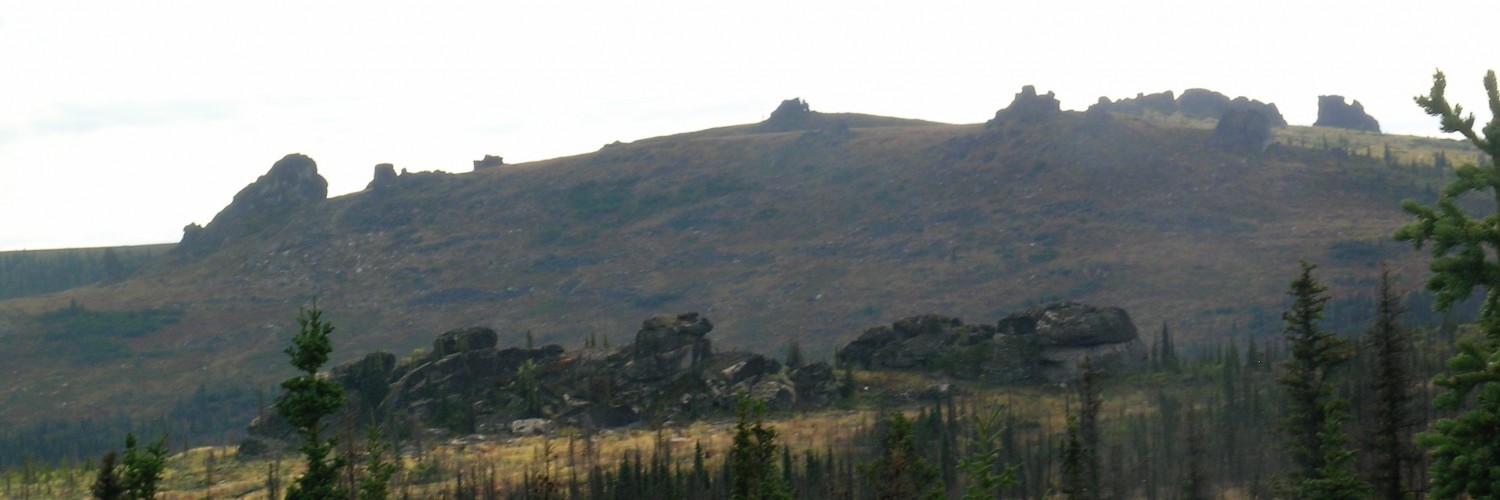21 July 2016, Day 8
Blog post by Bobby Daniels, Tuskegee University, USA
The main focus of today was food security — a conversation that many are not willing to have. We spoke on potential ways of mitigating the waste of food and providing better nutrition with the types of food we eat. As a part of that, we talked about diversifying our diets and creating awareness of overeating and other forms of potential waste. In continuing the dialog , we spoke on what food insecurity means for rich and poorer countries, questioning what could be some possible reasons.
On top of the sessions about food security, we went to Calypso Farm. A eye opening and vitally important pillar of the Alaskan community. Here I had the opportunity to hear about the effects of policy on real world attempts at sustainability and security. The trip also forced me to ask myself what I could do to be an active participant at change and not just a bearer of knowledge in my community. The answer I came up with was simply to give the youth more exposure to farming. Overall, the day gave me a better understanding of what is and is not food security.
Blog post by Amanda Rhodes, Oregon State University, USA
Basically, the world is burning. That is what ICRPS is teaching us. Many days at the conference have been focused on food, both production and consumption and largely on just how wasteful we are with it. While the global food system has been good to share food from other cultures, and to possibly reduce food insecurity in time of disaster in one region of the world supported by another, it has had a huge negative impact too. Speaking from the American perspective, largely people don’t know where their food comes from, and many don’t even care. They seek the rock bottom prices because food is a thing to be stuffed in the mouth fast to be able to move on and do other things that are more important.
The day consisted of talks about local food, food security and food waste along with some research by two students who did comparative research on regions of Italy and the state of Missouri. While a lot of these presentations really lay out the problems, they don’t necessarily have all the answers. One answer lies in our tour for the day and in reviving the local food scene. Local food can bring back the biodiversity, enrich and connect community, and the joy and pleasure that comes with eating food that is at its peak.
We visited Calypso Farm and Ecology Center. Tom and Susan started to live their dream 16 years ago and have since built a local farm that supports around 80-100 families with their vegetables and a few animal products. They have an education component too that makes the farm a real success in that it has had 12 successors to date that have taken the knowledge they gained while at Calypso and made their own farms in their towns. They give tours, host workshops, invite children to learn about farming and provide food to the community. The intensive system that they have is not mechanized and they use organic principles to grow their food. As a Community Supported Agriculture (CSA), they invite all of their shareholders to come for a visit to hold them accountable to the high standards that they have worked hard to achieve and promote.
As far as the policy side of things, Tom spoke of many themes that keep coming up in the conference. Those are that we need:
- More small scale farms
- boots on the ground-experienced people to inform policy
- more information sharing and educational outreach
- connections and relationships need to be formed
- local knowledge should be used
Tom spoke to us with such excitement and caring that you could feel how much he believed in the work they were doing there. As we filled our bellies with the amazing pizza that his workers prepared for us (even two without cheese for a few that needed it!), Tom wrapped up his insightful tour with a joke. A woman is sitting at home and her husband walks in the door. She says to him, “Hunny, you’re a model husband.” He beams with pride as would most men. But he was actually a scientist who used models, and in the context of his job a model is a close approximation to the real thing. We all laughed as we happily chowed down and the point of the joke sunk in that in policy and with people, things are always more complex than we think they are.

